Neuroeducación y Entornos Naturales: Enfoques Cognitivos para Mejorar la Retención del Conocimiento y la Concentración en la Enseñanza de las Ciencias
Resumen
El propósito de este estudio es investigar los efectos de la educación neuronal y el uso de entor-nos naturales para optimizar el poder vinculante del conocimiento y la concentración de los es-tudiantes en las aulas de ciencias y enfatizar especial énfasis en conceptos abstractos. Intenta-mos determinar la correlación entre los estímulos multisensoriales y la activación de los procesos neurobiológicos en el entorno natural, en relación con la integración de la atención sostenida, la memoria de trabajo y el aprendizaje importante. Se utilizó un enfoque sistemático mixto con dominación cualitativa. En la fase cuantitativa, se diseñó una revisión estandarizada de precau-ciones y memoria para la implementación en habitaciones abiertas como jardines botánicos y espacios verdes en instituciones educativas. 120 estudiantes básicos estuvieron involucrados y divididos en grupos de control y prueba. La etapa cualitativa implica la realización de entrevistas semiestructuradas con educadores y la realización de observaciones sistemáticas durante las se-siones educativas. Además, los modelos matemáticos y las simulaciones aritméticas se utilizan para simplificar la comprensión de las estructuras abstractas a través de visualizaciones interac-tivas para representar fenómenos físicos y biológicos complejos. Los resultados muestran avan-ces estadísticamente significativos en los niveles de concentración y la conservación del cono-cimiento experimental de las oraciones. Esto se indica con un aumento del 22% en los puntajes después de la intervención. Las entrevistas mostraron una mayor motivación entre los estudian-tes y una percepción positiva del entorno natural como sala de estudio. La integración de simu-laciones respaldadas por modelos matemáticos nos dio una comprensión más detallada de con-ceptos como el ciclo biogeoquímico, leyes de movimiento y estructuras nucleares, y barreras cognitivas leves asociadas con la abstracción. En conclusión, la educación neuronal, el contexto natural y la integración de equipos técnicos basada en el modelado matemático es una estrategia educativa efectiva para mejorar los procesos cognitivos fundamentales de las lecciones científi-cas. Se ha propuesto una implementación paso a paso en una variedad de entornos educativos, y se tiene en cuenta la competencia para promover el aprendizaje contextualizado profundo entre los estudiantes a nivel básico.
Descargas
Citas
Ardoin, N. M., Bowers, A. W., & Gaillard, E. (2020). Environmental education outcomes for conservation: A systematic review. Biological Conservation, 241, 108224. https://doi.org/10.1016/j.biocon.2019.108224
Barab, S. A., & Dede, C. (2007). Games and immersive participatory simulations for science education: An emerging type of curricula. Journal of Science Education and Technology, 16(1), 1–3. https://doi.org/10.1007/s10956-007-9043-9
Bernal Párraga, A. P., Alcívar Vélez, V. E., Pinargote Carreño, V. G., Pulgarín Feijoo, Y. A., & Medina Garate , C. L. (2025). Pensamiento lógico y resolución de problemas: El uso de estrategias de aprendizaje colaborativo para desarrollar habilidades de razonamiento ma-temático en contextos cotidianos. Arandu UTIC, 12(1), 360–378. https://doi.org/10.69639/arandu.v12i1.605
Bernal Párraga, A. P., Salinas Rivera, I. K., Allauca Melena, M. V., Vargas Solis Gisenia, G. A., Zambrano Lamilla, L. M., Palacios Cedeño, G. E., & Mena Moya, V. M. (2025). Integra-ción de tecnologías digitales en la enseñanza de lengua y literatura: Impacto en la com-prensión lectora y la creatividad en educación básica. Ciencia Latina Revista Científica Multidisciplinar, 8(4), 9683–9701. https://doi.org/10.37811/cl_rcm.v8i4.13117
Bernal Párraga, A. P., Santín Castillo, A. P., Ordóñez Ruiz, I., Tayupanta Rocha, L. M., Reyes Ordóñez, J. P., Guzmán Quiña, M. de los A., & Nieto Lapo, A. P. (2014). La inteligencia artificial como proceso de enseñanza en la asignatura de estudios sociales. Ciencia Latina Revista Científica Multidisciplinar, 8(6), 4011–4030. https://doi.org/10.37811/cl_rcm.v8i6.15141
Berns, G. S., Blaine, K., Prietula, M. J., & Pye, B. E. (2013). Short- and long-term effects of a novel on connectivity in the brain. Brain Connectivity, 3(6), 590–600. https://doi.org/10.1089/brain.2013.0166
Berto, R., & Barbiero, G. (2017). How the psychological benefits of exposure to nature can be improved: A framework. Sustainability, 9(10), 1701. https://doi.org/10.3390/su9101701
Bratman, G. N., Anderson, C. B., Berman, M. G., Cochran, B., de Vries, S., Flanders, J., ... & Daily, G. C. (2019). Nature and mental health: An ecosystem service perspective. Sci-ence Advances, 5(7), eaax0903. https://doi.org/10.1126/sciadv.aax0903
Bratman, G. N., Hamilton, J. P., Hahn, K. S., Daily, G. C., & Gross, J. J. (2015). Nature experi-ence reduces rumination and subgenual prefrontal cortex activation. Proceedings of the National Academy of Sciences, 112(28), 8567–8572. https://doi.org/10.1073/pnas.1510459112
Chawla, L. (2021). Childhood nature connection and constructive hope: A review of research on connecting with nature and coping with environmental loss. People and Nature, 3(5), 619–642. https://doi.org/10.1002/pan3.10296
Dadvand, P., Bartoll, X., Basagaña, X., Dalmau-Bueno, A., Martinez, D., Ambros, A., Cirach, M., Triguero-Mas, M., Schembari, A., Gascon, M., & Nieuwenhuijsen, M. J. (2015). Green spaces and general health: Roles of mental health pathway and physical activity. Environmental International, 91, 161–167. https://doi.org/10.1016/j.envint.2016.02.029
De Jong, T., & Van Joolingen, W. R. (1998). Scientific discovery learning with computer simu-lations of conceptual domains. Review of Educational Research, 68(2), 179–201. https://doi.org/10.3102/00346543068002179
de Jong, T., Linn, M. C., & Zacharia, Z. C. (2021). Physical and virtual laboratories in science and engineering education. Science, 340(6130), 305-308. https://doi.org/10.1126/science.1230579
Dettweiler, U., Lauterbach, G., Becker, C., Simon, P., & Gschrey, B. (2017). Investigating the motivational behavior of students during outdoor science teaching within self-determination theory. Frontiers in Psychology, 8, 1–13. https://doi.org/10.3389/fpsyg.2017.00494
Dunlosky, J., & Rawson, K. A. (2019). Practice tests, spaced practice, and successive relearning: Tips for classroom use and for guiding students’ learning. Scholarly Teacher, 13(1), 23–37.
Faber Taylor, A., & Kuo, F. E. (2009). Children with attention deficits concentrate better after walk in the park. Journal of Attention Disorders, 12(5), 402–409. https://doi.org/10.1177/1087054708323000
Fischer, M. H., Shaki, S., & Cruise, A. (2020). What numbers mean in the real world: Insights from brain imaging and brain stimulation. Nature Reviews Neuroscience, 21(3), 150–161. https://doi.org/10.1038/s41583-019-0244-5
Gopnik, A., O'Grady, S., Lucas, C. G., Griffiths, T. L., Wente, A., Bridgers, S., ... & Dahl, R. E. (2017). Changes in cognitive flexibility and hypothesis search across human life history from childhood to adolescence to adulthood. Proceedings of the National Academy of Sciences, 114(30), 7892–7899. https://doi.org/10.1073/pnas.1700811114
Hodson, D. (2014). Learning science through inquiry and argumentation. Rotterdam: Sense Pub-lishers.
Immordino-Yang, M. H. (2016). Emotions, learning, and the brain: Exploring the educational implications of affective neuroscience. W. W. Norton.
Immordino-Yang, M. H., & Damasio, A. (2007). We feel, therefore we learn: The relevance of affective and social neuroscience to education. Mind, Brain, and Education, 1(1), 3–10.
Immordino-Yang, M. H., & Damasio, A. (2007). We feel, therefore we learn: The relevance of affective and social neuroscience to education. Mind, Brain, and Education, 1(1), 3–10. https://doi.org/10.1111/j.1751-228X.2007.00004.x
Kolb, D. A. (1984). Experiential learning: Experience as the source of learning and develop-ment. Prentice-Hall.
Kolb, D. A. (1984). Experiential learning: Experience as the source of learning and develop-ment. Prentice Hall.
Kuo, M., Barnes, M., & Jordan, C. (2019). Do experiences with nature promote learning? Con-verging evidence of a cause-and-effect relationship. Frontiers in Psychology, 10, 305. https://doi.org/10.3389/fpsyg.2019.00305
Liu, J., Liu, Y., Zhang, Y., & Wang, H. (2022). Augmented reality and scientific inquiry: Student learning and perceptions in an elementary science classroom. Journal of Science Educa-tion and Technology, 31, 498–513. https://doi.org/10.1007/s10956-021-09949-4
Louv, R. (2019). Our wild calling: How connecting with animals can transform our lives—and save theirs. Algonquin Books.
Makransky, G., Terkildsen, T. S., & Mayer, R. E. (2019). Adding immersive virtual reality to a science lab simulation causes more presence but less learning. Learning and Instruction, 60, 225–236. https://doi.org/10.1016/j.learninstruc.2017.12.007
Mayer, R. E. (2017). Using multimedia for e-learning. Journal of Computer Assisted Learning, 33(5), 403–423. https://doi.org/10.1111/jcal.12197
Mayer, R. E. (2020). Multimedia learning (3rd ed.). Cambridge University Press. https://doi.org/10.1017/9781139585031
Mishra, P., & Koehler, M. J. (2006). Technological pedagogical content knowledge: A frame-work for teacher knowledge. Teachers College Record, 108(6), 1017–1054. https://doi.org/10.1111/j.1467-9620.2006.00684.x
Moon, J. A. (2013). Reflection and employability: Reflection on learning and reflective practic-es. Routledge.
Novak, J. D. (2010). Learning, creating, and using knowledge: Concept maps as facilitative tools in schools and corporations (2nd ed.). Routledge.
Papadouris, N., & Constantinou, C. P. (2020). Enhancing students' conceptual understanding of physics through simulation-based inquiry. Journal of Science Education and Technology, 29(1), 123–135. https://doi.org/10.1007/s10956-019-09799-1
Piaget, J. (1970). Science of education and the psychology of the child. Orion Press.
Blanchar Añez, F. J. (2024). Escuela Y Currículo: Propuesta Educativa Crítica Y Emancipadora Para La Formación Rural En Turismo Cultural Autosustentable . Estudios Y Perspectivas Revista Científica Y Académica , 4(2), 310–316. https://doi.org/10.61384/r.c.a.v4i2.223
Garrochamba Peñafiel , B. D. (2024). Factores de Riesgo Asociados a Diabetes Mellitus Tipo 2. Revista Científica De Salud Y Desarrollo Humano, 5(2), 101–115. https://doi.org/10.61368/r.s.d.h.v5i2.123
Cuello Brioso, N., & Sánchez, E. (2024). Barreras para la Inclusión de Estudiantes con Necesidades Educativas. Emergentes - Revista Científica, 4(1), 115–122. https://doi.org/10.60112/erc.v4i1.94
Fernández, C. (2023). Heritage Sustainability: The Symbiosis between Tourism and the Preservation of Archaeological Sites in Ecuador. Revista Veritas De Difusão Científica, 4(1), 11–142. https://doi.org/10.61616/rvdc.v4i1.40
Martínez, O., Aranda , R., Barreto , E., Fanego , J., Fernández , A., López , J., Medina , J., Meza , M., Muñoz , D., & Urbieta , J. (2024). Los tipos de discriminación laboral en las ciudades de Capiatá y San Lorenzo. Arandu UTIC, 11(1), 77–95. Recuperado a partir de https://www.uticvirtual.edu.py/revista.ojs/index.php/revistas/article/view/179
v, H., & Quispe Coca, R. A. (2024). Tecno Bio Gas. Horizonte Académico, 4(4), 17–23. Recuperado a partir de https://horizonteacademico.org/index.php/horizonte/article/view/14
Da Silva Santos , F., & López Vargas , R. (2020). Efecto del Estrés en la Función Inmune en Pacientes con Enfermedades Autoinmunes: una Revisión de Estudios Latinoamericanos. Revista Científica De Salud Y Desarrollo Humano, 1(1), 46–59. https://doi.org/10.61368/r.s.d.h.v1i1.9
Rodríguez, C., Pérez, D., & Tovar, M. (2020). Simulaciones interactivas de bajo costo en la en-señanza de la física. Revista Eureka sobre Enseñanza y Divulgación de las Ciencias, 17(1), 1302.
Roll, I., & Wylie, R. (2016). Evolution and revolution in artificial intelligence in education. In-ternational Journal of Artificial Intelligence in Education, 26(2), 582–599.
Schunk, D. H., Pintrich, P. R., & Meece, J. L. (2021). Motivation in education: Theory, research, and applications. Pearson.
Smetana, L. K., & Bell, R. L. (2012). Computer simulations to support science instruction and learning. International Journal of Science Education, 34(9), 1337–1370. https://doi.org/10.1080/09500693.2011.605182
Stevenson, M. P., Schilhab, T., & Bentsen, P. (2018). Attention restoration theory II: A systemat-ic review to clarify attention processes affected by exposure to natural environments. Journal of Environmental Psychology, 62, 1–13. https://doi.org/10.1016/j.jenvp.2019.01.002
Sweller, J. (2021). Cognitive load theory and educational technology. Educational Technology Research and Development, 69, 263–272. https://doi.org/10.1007/s11423-021-09922-5
Tokuhama-Espinosa, T. (2011). Mind, brain, and education science: A comprehensive guide to the new brain-based teaching. W. W. Norton & Company.
Torres Illescas, V. (2024). Charting the Path of Reading Development: A Study on the Im-portance and Effective Strategies for Reading in Early Ages Based on Technology. In: Gervasi, O., Murgante, B., Garau, C., Taniar, D., C. Rocha, A.M.A., Faginas Lago, M.N. (eds) Computational Science and Its Applications – ICCSA 2024 Workshops. ICCSA 2024. Lecture Notes in Computer Science, vol 14820. Springer, Cham. https://doi.org/10.1007/978-3-031-65285-1_2
Vygotsky, L. S. (1978). Mind in society: The development of higher psychological processes. Harvard University Press.
Vega Alvarez, E., & Huang Chang, Y. (2024). Blended Learning, and Its Impact on English Speaking Skills in Pronunciation in Group 11-4 of Liceo de Santo Domingo, I Quarter 2024. Ciencia Y Reflexión, 3(2), 159–173. https://doi.org/10.70747/cr.v3i2.18
Chavarría Hidalgo, C. (2024). Calculation of productive capacity: From theory to practice. Ciencia Y Reflexión, 3(2), 194–214. https://doi.org/10.70747/cr.v3i2.20
Agrela Rodrigues, F. de A., Moreira da Silveira, F., Moreira de Lima, M. R., & Pinto Uchôa , K. S. (2024). Identificando a Inteligência em Crianças: Traços Físicos e Comportamentais. Ciencia Y Reflexión, 3(2), 21–51. https://doi.org/10.70747/cr.v3i2.5
Derechos de autor 2025 Luz Mercedes Almeida Bohórquez , Sandra Marisol Torres Cadena , Hita De Jesús Mena Plazarte

Esta obra está bajo licencia internacional Creative Commons Reconocimiento 4.0.


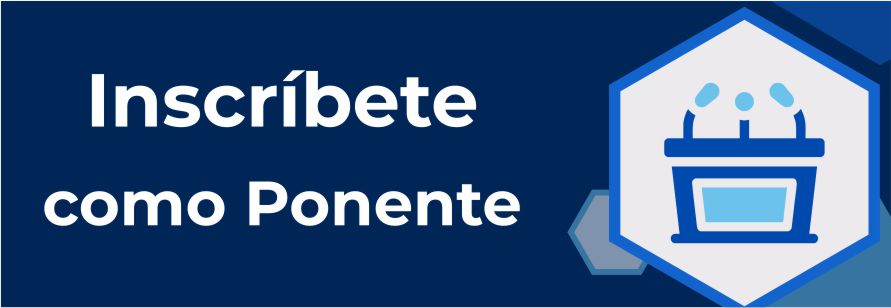
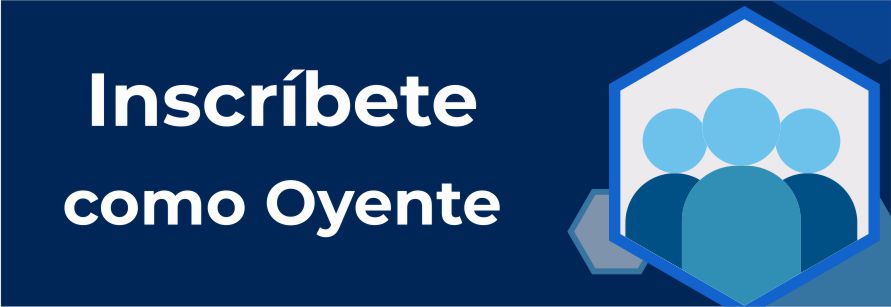

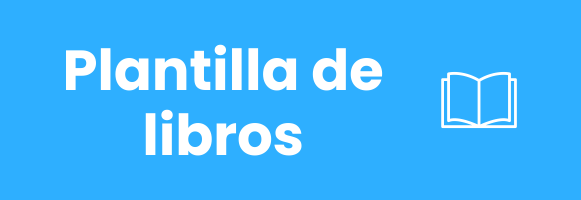





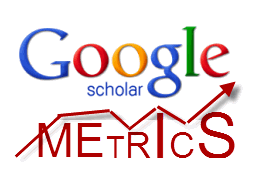
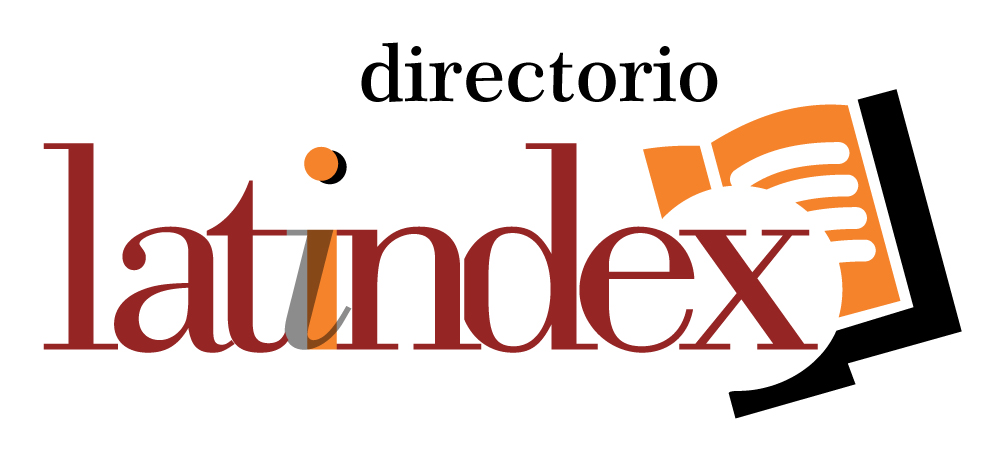
.png)
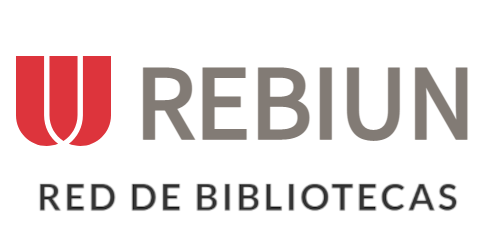







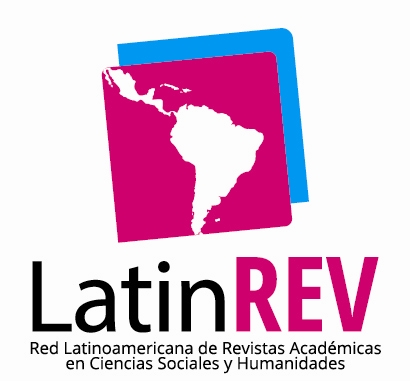

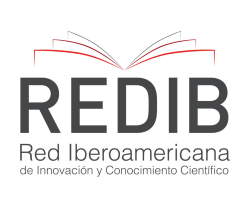


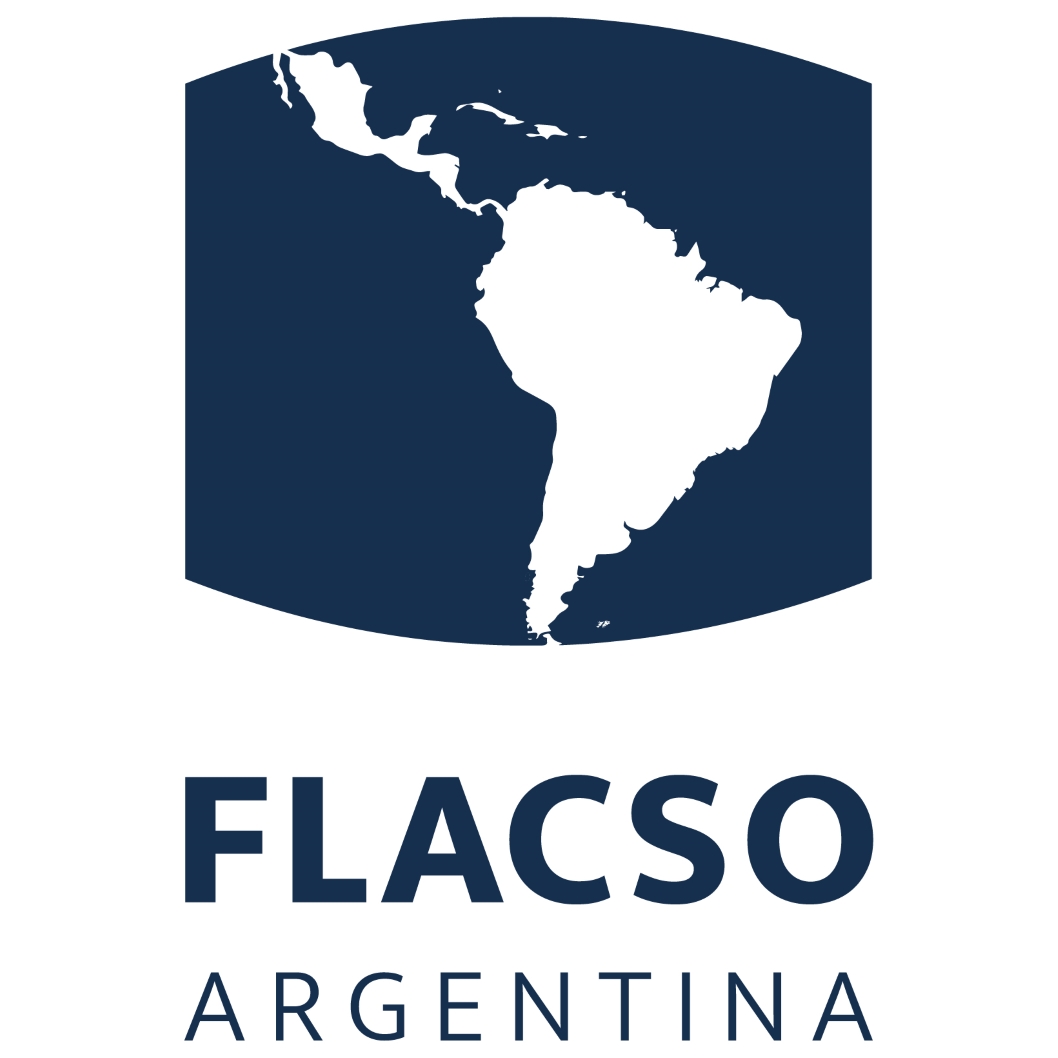






.png)
1.png)


